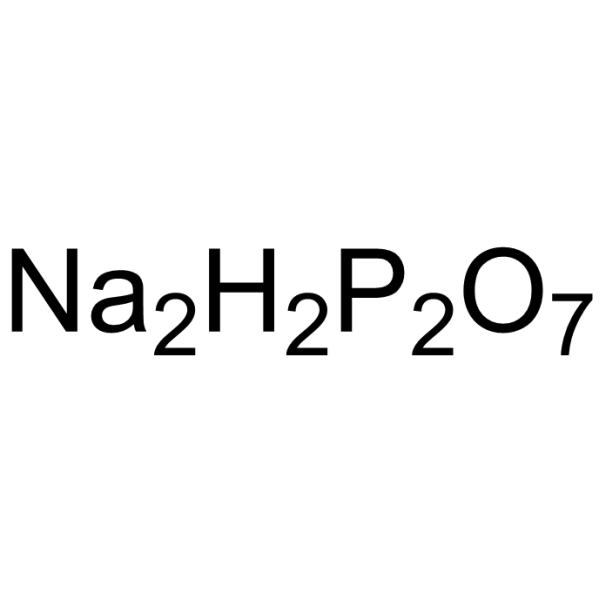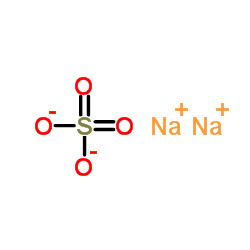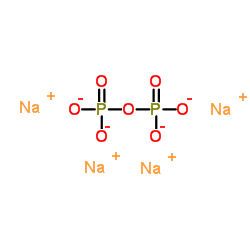| Structure | Name/CAS No. | Articles |
|---|---|---|
 |
Disodium dihydrogen diphosphate
CAS:7758-16-9 |
|
 |
Sodium diphosphate hydrate (4:1:10)
CAS:13472-36-1 |
|
 |
sodium sulfate
CAS:7757-82-6 |
|
 |
Sodium sulfate decahydrate
CAS:7727-73-3 |
|
 |
Sodium bisulfate
CAS:7681-38-1 |
|
 |
Sodium bisulfate monohydrate
CAS:10034-88-5 |
|
 |
Tetrasodium pyrophosphate
CAS:7722-88-5 |